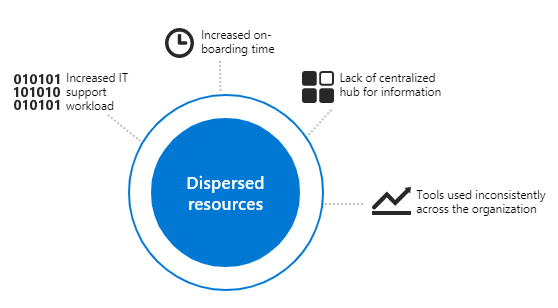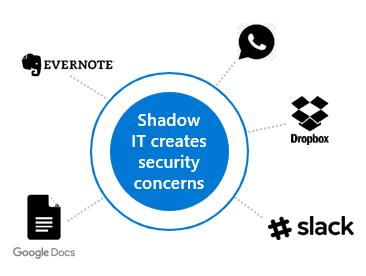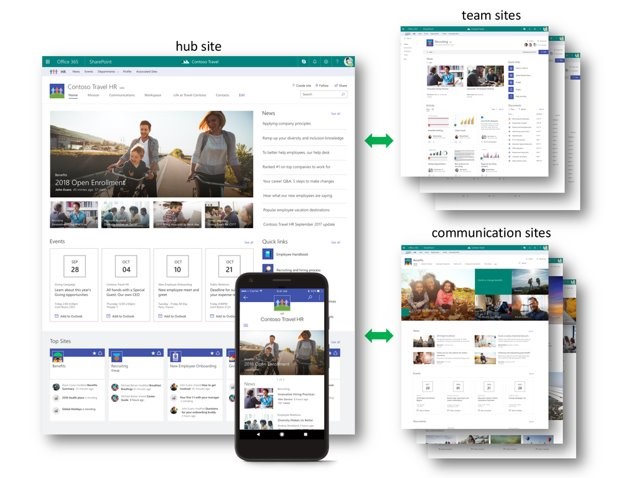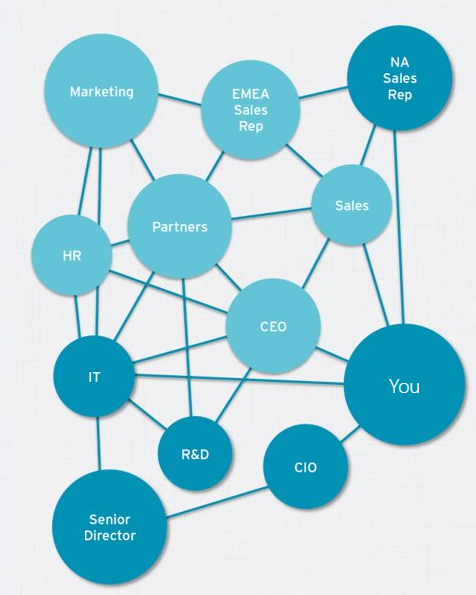For more tips on security in Microsoft 365, register for our webinar “Preventing Data Leaks in Microsoft Teams (and Other Collaboration Systems)” today!
With remote work pushing adoption and proliferation of virtual workspaces like SharePoint sites, Office 365 Groups, and Teams in Microsoft Teams, it can be daunting for end users to figure out how to collaborate successfully AND securely in Office 365.
As much as organizations want their employees to use all the collaboration tools at their disposal, IT admins must also make sure permissions are enforced. So how do you balance these two seemingly opposed approaches to collaboration?
What Challenges Do Organizations Face with Remote Work?
There could be roadblocks or potential issues that arise within your organization if you had to quickly transition to remote work. Let’s dive into some things you and your employees may need to be mindful of!
Dispersed Resources
The move to remote work and virtual workspaces can create an increased workload on IT. This is primarily due to the need to make sure these workspaces are secured and that only the right people are in charge of provisioning and management.

The proliferation of workspaces also means there’s a risk that you’ll be devoid of a centralized hub for information. This in turn means it may become more difficult for employees to find the resources they need when they need them. Needless to say, these are factors organizations should be cognizant of when it comes to enabling their employees.
Shadow IT Creating Security Concerns
As with any new technology being implemented, there are users who will be reluctant to change. This is where security concerns around shadow IT need to be addressed. With all of the types of shadow IT that end users are using, there’s almost always an alternative within Office 365 that can replicate the same functionality. Organizations must be proactive in educating their employees in these offerings to avoid the use of third-party tools.

Office 365 Tools to Use (and When to Use Them)
SharePoint: The Main Ingredient to the Modern Workplace
You can look at SharePoint sites as a place to host centralized corporate content. Identifying it as such will immediately resolve the first issue that was mentioned in this post.
With end-users having a go-to location for all their needs, SharePoint sites will mitigate the need for redundant work, wasted time trying to find content, and more. By utilizing SharePoint as a focal point for corporate resources, it will also enable end-users to have quick and convenient access to their organization’s business-critical information and workflows.

What is Microsoft Teams?
Microsoft Teams has a host of tools in its platform that make everyday collaboration with teams more convenient than ever before. Some of these features include persistent 1:1 chat, file sharing, and bot capabilities that make it easier than ever for users to get the work they need done.
Yammer: Communicate with Everyone
Yammer is ideal for communicating with the entire organization with capabilities like live streams to support townhalls. This makes it easier for leadership to make key announcements, provide updates on business development, and more.
You can also take advantage of org-wide communication to share ideas and share information within the company. This can be a place where marketing and sales communicate to identify gaps in how to position products and offerings to sales and dev teams working together on improving products.

What Next?
Now you may be thinking, “I understand what the tools are for and what concerns there might be, but what can IT do to help push user adoption while making sure our work environment is secure?” I would recommend the following (free) resources:
For end-users:
- [eBook] When to Use and How to Manage Microsoft Teams & Office 365 Groups
- [eBook] Matt Wade’s Definitive Guide To Everyday Etiquette in Microsoft Teams in Government
- [Webinar] Beginner to Super User: Top 10 Microsoft Teams Tips
For IT admins and leadership:
- [Webinar] How To Ensure Microsoft 365 Collaboration Success For Remote Workers
- [eBook] The Value of Automated Office 365 & Microsoft Teams Governance
- [Webinar]Move to Office 365 Fast and Accelerate Remote Work
- [Webinar] Taming Digital Sprawl With Information Governance

